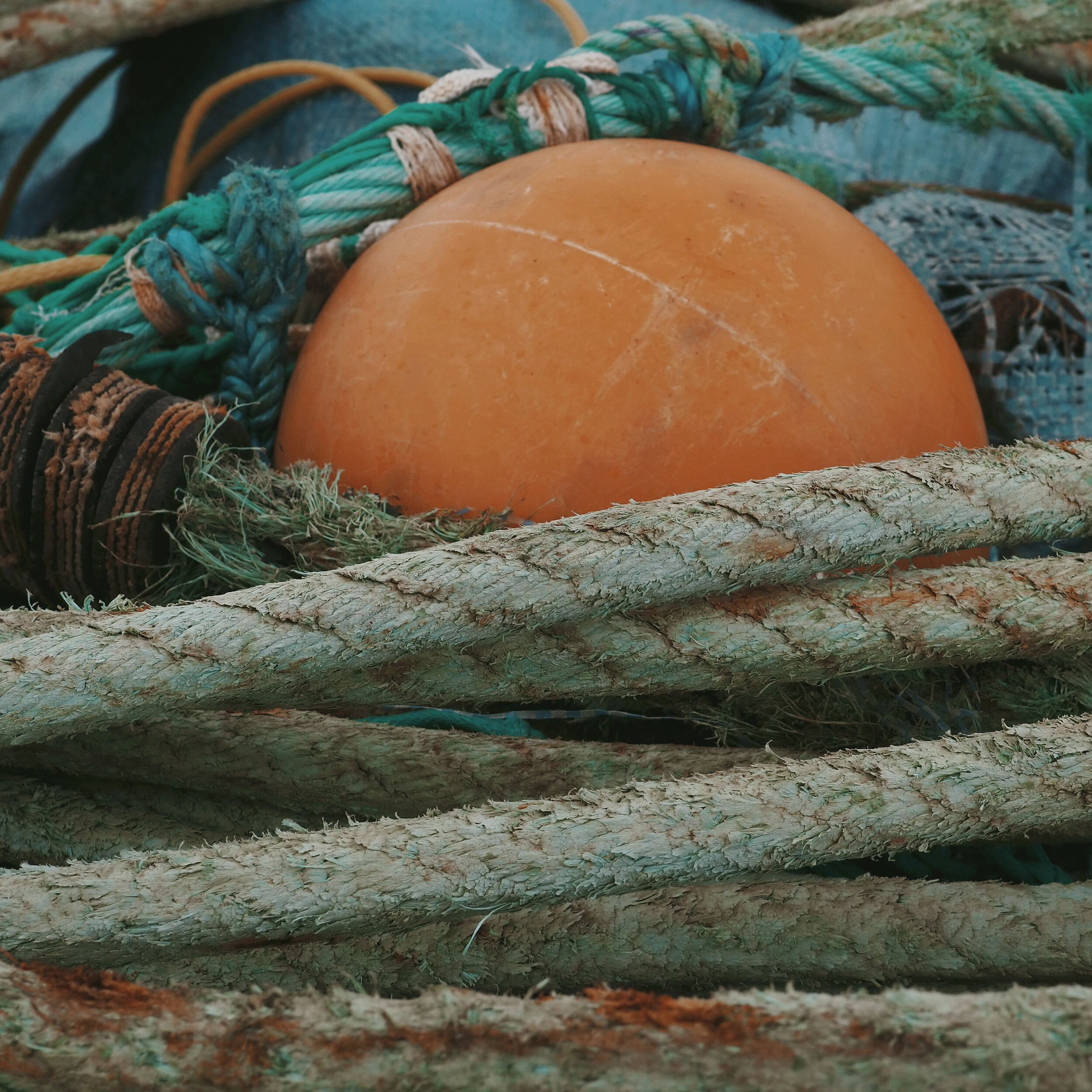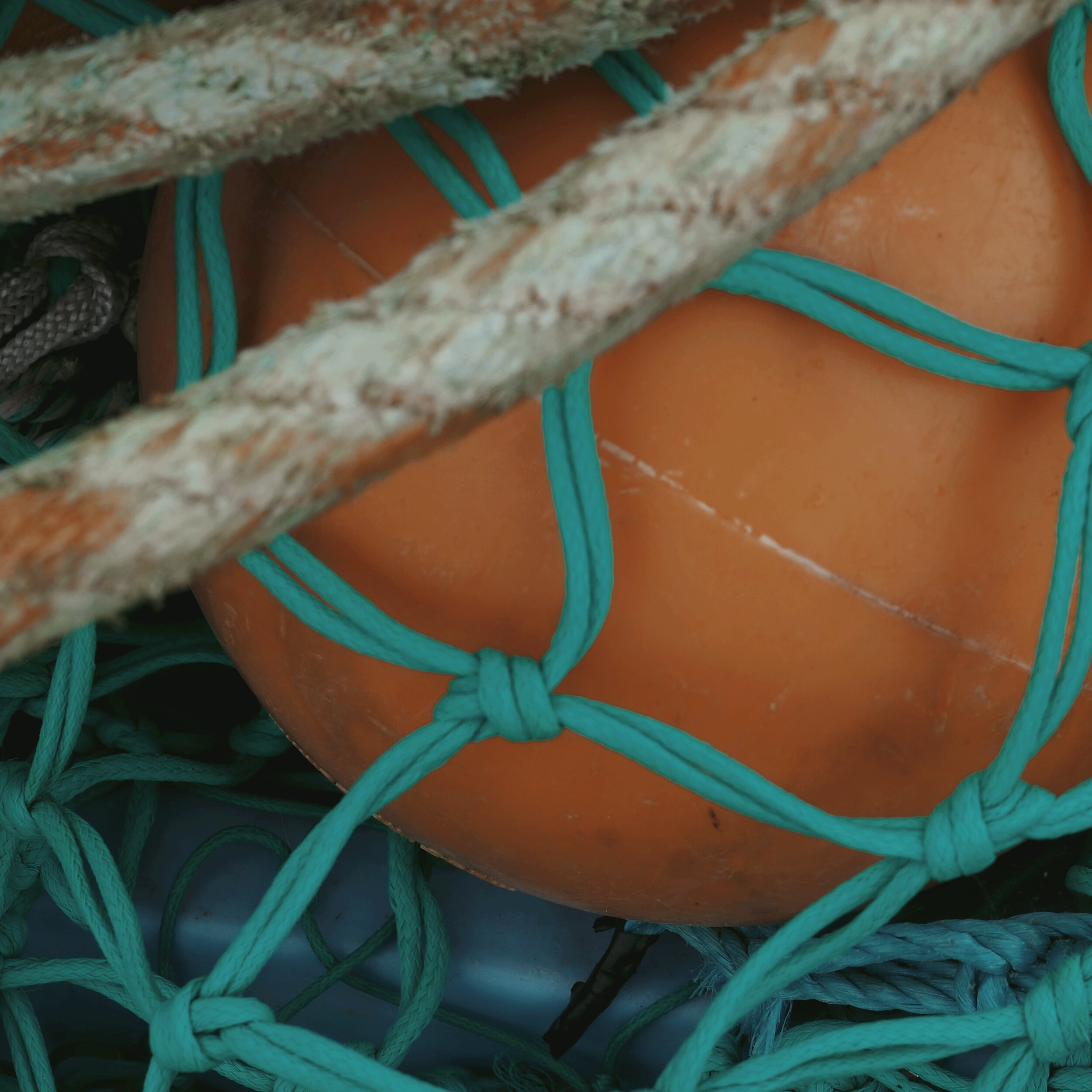Hidden Roseland
If you’re fortunate enough to have been able to travel and explore over the last 18 months you’re one of the providential few.
All of our travels and adventures have been reduced and canceled due to the ever shifting obstacles in all of our paths. These obstacles parted ways enough in the summer months for us to have clarity on our grails and summer aspirations.
We personally had a number of locations for adventure laid at our feet and knowing that one change in policy, guideline or protocol from the Westminster direction could imperil our plans and halt them, we stayed relaxed about what we may or may not be able to achieve from our travels.
These travels were more of a planned jaunt. A peregrination from our Midlands home to the South coast of the United Kingdom. We got our van ready and made our way South, stopping at Blenheim before making our way to the New Forest and then to South Dorset, (more on these in a future piece). Our van leisurely, but not at all tardily, made its way across the the country and eventually we found ourselves in Cornwall. The most westerly county in England is steeped in history, full of charm and a vibe that is like nowhere else in the U.K. First we had to make it along the unavoidable busier roads into the county where we crawled at times with the caravans, bursting hatchbacks and other holiday makers. The folk, who like us, were threading themselves amongst the heavy haulage lorries and slower agricultural vehicles that weaved from field and side road onto the tarmac thoroughfare and back again. As if they had there own maps and their own design which was secret to them. Maybe it was quicker, we thought.
We soon left the queuing and bustling, for the quiet lanes towards the coast. Our destination was a campsite a stones throw away from the Roseland Heritage Coast. A section of Cornish coastline stretching from St Austell in the East and ending at the Fal Estuary in the west. Along its dramatic edges are hidden coves, secluded beaches, idyllic harbours, rolling hills, steep cliffs, golden sands, pretty villages and an array of wildlife to rival anywhere in the country.
Our camp spot was at the Merrose Farm Site, ran by the Caravan & Motorhome Club, which was nestled in a hillside and down a narrow hedge-lined bridleway. A fantastic campsite with amazing pitches and really friendly staff. Back up the bridleway you’d find the A3078 which would take one down towards the harbour village of St Mawes and back as it loops around the village and heads back up the peninsula. If you crossed this road from the top of the bridleway you’d find yourself dropping steeply downhill along a narrow single track lane which, if followed to its end, takes you to Portcurnick Beach. We however have different ideas for this Cornish story. Once you’ve been walking along the lane for a few hundred metres you continue straight towards a large farm house and views of the endless blue, deep sea. The grand building houses a small but sensational farm shop selling fruit, vegetables and food from local farms as well as beer and cider from local breweries. We frequented the shop a number of times during our time in Roseland and although its prices may be high its quality and autochthonous quality makes it appealing to us. From this shop the path continues to drop downhill, now along footpaths and over styles. A small stream is negotiated via a rudimental wooden bridge before you enter a large open pasture flanked by a split-rail fence and between the fields entrance and the ocean is a grassy hill named Round House.
Atop this knoll far-fetched views along the Cornish coast are seen with the better views found looking east towards Nare Head. Following the coastal path around the the west you climb over two stiles which navigate the same stream which was seen earlier on. The path is lined with tall grasses, and the view of the sea is now obscured with a wall of verdant habitat. After the path has flowed and cut through the foliage for a few minutes walk a small opening suddenly appears on the left. This at first appears like a desire path taking you down the cliff face, maybe to a vista or a bench to enjoy the setting sun, but a surprise is a few cautious steps away. Brambles now line the path with ferns cutting through the jagged stems like dolphins fins reaching out of a tempestuous ocean.
Gulls by Samantha Eynon
The path twisted to the left and then the right before the thicket gave way to a wide open view with an endless horizon. The ground beneath our feet was now rocky with fragments of shell and our shoes already had a dusting of golden sand on them. Before us was a beach of sand and pebble named Porthbean Beach. The English Channel was curling up and crashing on the rocks causing them the knock against each other like the chattering conversation of the ocean to the shore. We sat peacefully on this beach for a while. Not a soul joined us except some sandpipers and turnstones coming to rest on the rocks before spreading their wings to get an enviable view of the Cornish coast. Small sailing boats got pushed along the horizon by a stiff westerly wind meaning a varied amount of boats made their way past us in the time we sat there. Porthbean Beach is isolated, only accessible via a small secondary path off the coastal path. Look the wrong direction when walking along the coast path and you’d miss it. That is what makes it special and unique. There is no traffic, no cars, no ice creams and foam surf boards. Just the cold crisp ocean, nature and a large dosing of tranquility. We swam in the ocean amongst the seaweeds and rocks and watched the sun move across the sky as we sat still. The world seemed to be moving around us for a short while.
After a moment of solitude some might want to find some briskness in the means of a town or city. You’d be hard to find the hustle of a town on the Roseland Peninsula but back along the aforementioned road you twist and turn through villages like Trewithian and St Just in Roseland. This are nothing more than a scattering of stone cottages and farm buildings. St Just in Roseland is a great place to stop and begin exploring the area on foot as many of the areas well-trodden routes converge in the village. Continuing down this road though you drop down in the village of St Mawes. A traditional harbour village with homes and buildings propped up on the hillside all around it. The buildings are locked together like they rely on on and other to stop them falling in the sea. A small number hotels and B&B’s line the harbours edge as the colourful fishing boats bob and raft in the dark blue waters. Each lane off the harbour road climbs steeply uphill and after some short calf busting climbs you’re greeted with views across the village and afar. The harbour was lacking human activity on our visit but nature was proving she was really in charge of the ocean. The boats swayed atop of the white topped waves making their way into the harbour. The flags and ropes adorning the walls and buildings swung and pulled tight with each gust. Occasionally the wind speed dropped only to be replaced with a torrent of heavy rain which short lasting but no more violent than if a wave breached the sea wall and dropped on our heads! We were very glad to find the Da Barra bakery open. Here we sat with an amazing coffee and a big slab of tasty fresh cake and watched the boats and yellow coated sailors dash about under the cloudbursts.
St Mawes Mast by Samantha Eynon
Even with the grey skies, rain storms and ocean squall there was plenty of colour to be seen There was a splash of orange and blue on most of the buildings. Buoys and fishing nets were used as garden sculptures and even the lobster nets and turquoise buoys which sat on the harbours jetties were set up like an exhibition pieces. The slate roofs glimmered in the peeking sunshine with blues and purples seemingly being pulled out of the tiles through the rainwater which sat on the like a glaze.
King Harry Ferry
Fal Estuary Boat by Samantha Eynon
The west side of the peninsula is where you’ll find Carrick Roads. This the name for the body of water where the River Fal meets the English Channel. We drove north with Carrick Roads on our left under the water narrowed and we could cross the River Fal on the King Harry Ferry. A chain link ferry can transport vehicles and foot passengers over the river towards to city of Falmouth. On the western shores of the estuary is the National Trust owned Trelissick Gardens. This scenic estate houses gardens, an art gallery and wondrous woodland walks along the estuary. We set off on foot and followed a path which hugged the rim of the River Fal and took us through ancient woods and amongst tall trees. The sunlight was dappled through the green canopy above us and shone a magical light before our feet. The path crunched and popped under our feet as the pebbles and forest flotsam shifted. The woodland path climbed for a while and whatever tiredness we might have felt was interspersed with delight when the trees opened up before us. When the trees unzipped their green blanket they revealed views across the river of colourful fishing boats, grebes and heron wading in the shallows and of pastures and meadows the other side of the fast flowing waters. Some of the boats looks well used and possibly cannibalised but not by any means neglected. They were made of of a patchwork of parts, colours and materials. I bet they could tell a tale or two! They showed a simpler life, one of worth and reverence towards the boats and the waters they sail in.
The Roseland Peninsula is a very special place. A place where you can truly escape from the masses and somewhere that actively encourages escapism with its deep-rooted associated with natures, the ocean and freedom. It feels different there to the rest of Cornwall and with that difference all the more enjoyable. Cornwall still has its freedom and purity but the Roseland Peninsula is how I imagine Cornwall was a hundred or more years ago. Its an unadulterated, uncorrupted, blazing light that somehow doesn't get seen by many. Lets hope it never changes.




















